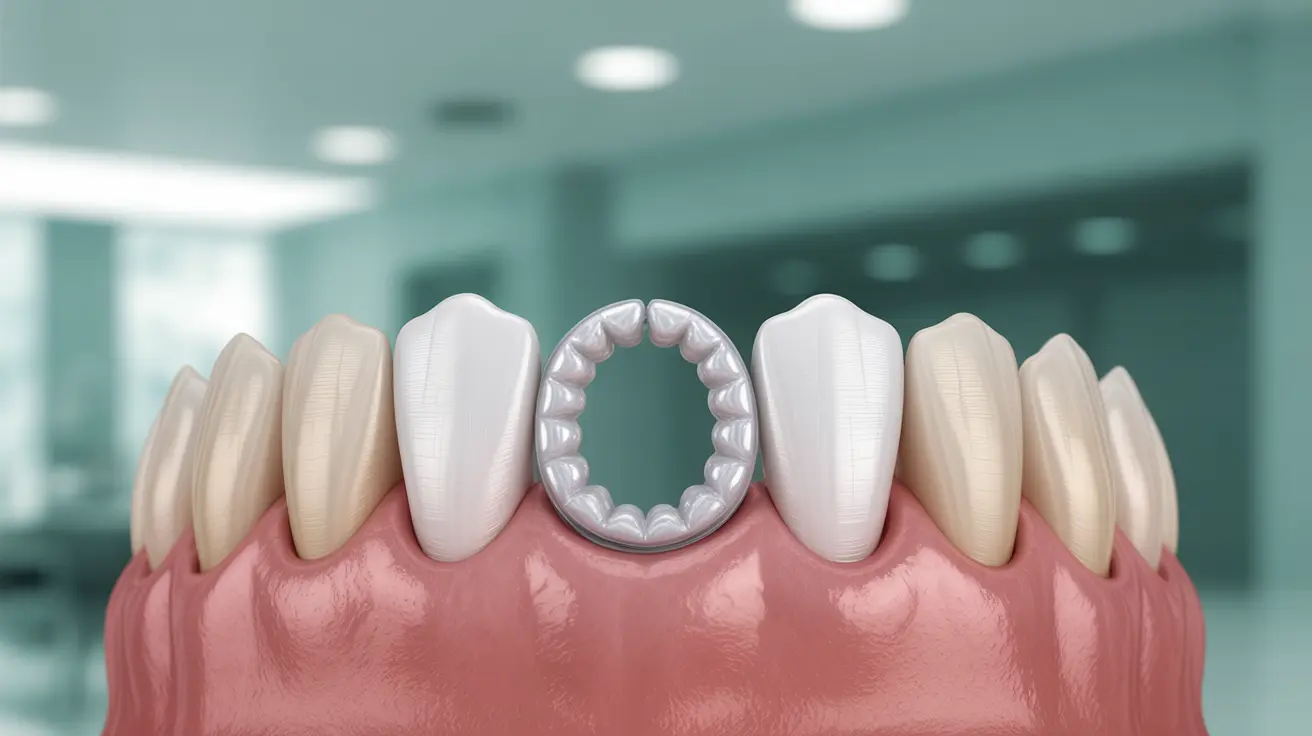When preparing for braces, your orthodontist may recommend dental spacers as a crucial first step in your orthodontic journey. These small but important devices play a vital role in creating the necessary space between your teeth before braces are installed. Understanding what spacers are and how they work can help you feel more confident about this initial phase of orthodontic treatment.
In this comprehensive guide, we'll explore everything you need to know about dental spacers, including their purpose, types, and how to manage them effectively during your treatment.
Understanding Dental Spacers and Their Purpose
Dental spacers are small rubber or metal rings that orthodontists place between specific teeth to create small gaps. These gaps are essential for properly fitting orthodontic bands around your back teeth when braces are installed. Without adequate spacing, the metal bands that anchor your braces wouldn't fit correctly, potentially compromising your entire orthodontic treatment.
Types of Dental Spacers
Rubber Separators
These elastic spacers are made from medical-grade rubber and are the most commonly used type. They're flexible, making them easier to insert and remove, and they gradually create space between teeth over several days.
Metal Spring Separators
Made from stainless steel, these spacers are more durable and may be used in specific cases where rubber separators aren't suitable. They're particularly effective for teeth that are very tightly positioned together.
The Spacer Installation Process
Your orthodontist will carefully place the spacers between your teeth using special dental tools. The procedure is quick and typically doesn't require any anesthesia. While you might feel pressure during placement, the process usually takes just a few minutes to complete.
Managing Discomfort and Adjustment
It's normal to experience some discomfort after spacer placement. The pressure from the spacers can cause temporary soreness, particularly in the first 24-48 hours. Here are some effective ways to manage any discomfort:
- Take over-the-counter pain relievers as recommended by your orthodontist
- Apply cold compresses to reduce inflammation
- Stick to soft foods during the first few days
- Rinse with warm salt water to soothe sore areas
Care and Maintenance Tips
Proper care of your spacers is essential for successful treatment. Follow these guidelines to maintain your spacers effectively:
- Avoid sticky or chewy foods that could dislodge the spacers
- Don't floss between teeth where spacers are placed
- Maintain regular brushing habits, being careful around the spacer areas
- Contact your orthodontist immediately if a spacer falls out
Frequently Asked Questions
- What are spacers for teeth and why are they used before getting braces?
Spacers are small rubber or metal rings placed between teeth to create gaps necessary for fitting orthodontic bands. They're essential for preparing your teeth for proper brace installation and ensuring the metal bands can be correctly positioned around your back teeth.
- How long do orthodontic spacers stay in place and what should I expect during that time?
Spacers typically remain in place for 5-10 days before brace installation. During this time, you may experience mild to moderate discomfort and pressure as your teeth gradually separate.
- What types of spacers are there, and how does my orthodontist decide which one to use?
The main types are rubber separators and metal spring separators. Your orthodontist will choose based on factors like the tightness between your teeth, your specific treatment needs, and any potential allergies or sensitivities.
- How can I manage discomfort or pain caused by spacers between my teeth?
You can manage discomfort by taking over-the-counter pain relievers, using cold compresses, eating soft foods, and rinsing with warm salt water. The discomfort typically peaks within the first 48 hours and gradually subsides.
- What precautions should I take to avoid complications or losing spacers before braces are installed?
Avoid sticky foods, chewy candies, and flossing between teeth with spacers. Maintain good oral hygiene but be gentle when brushing around spacer areas. If a spacer falls out, contact your orthodontist promptly for replacement.




